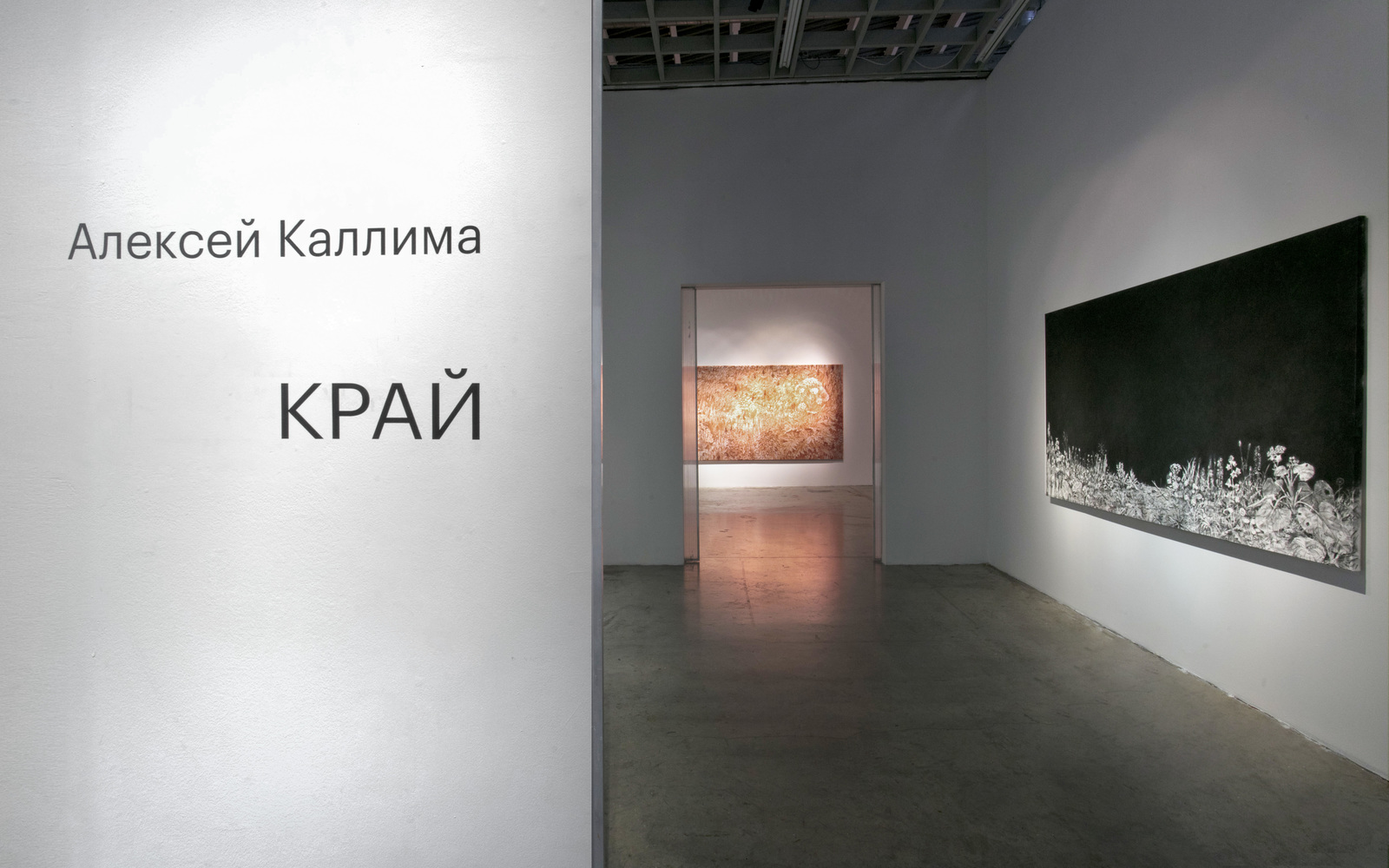
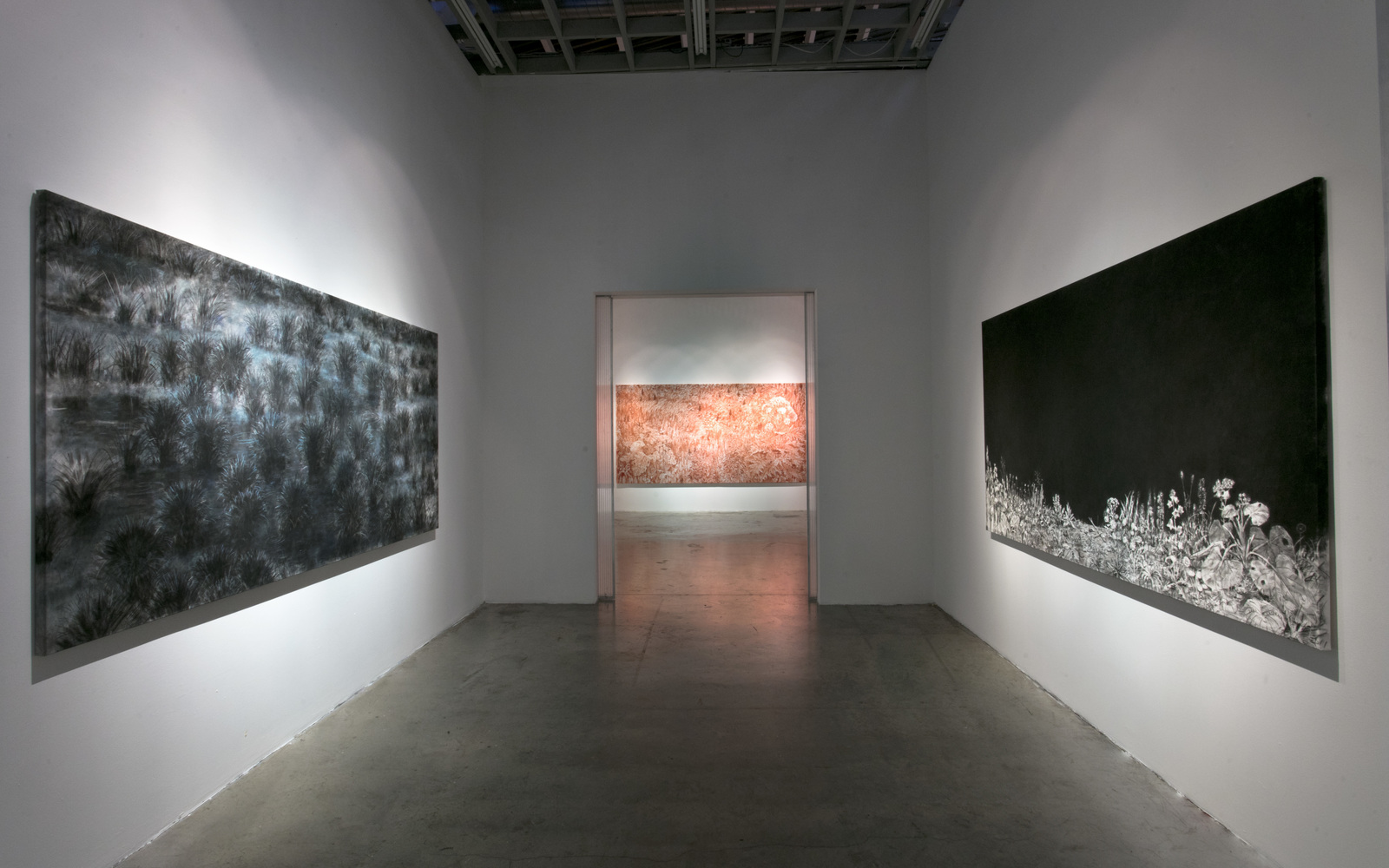
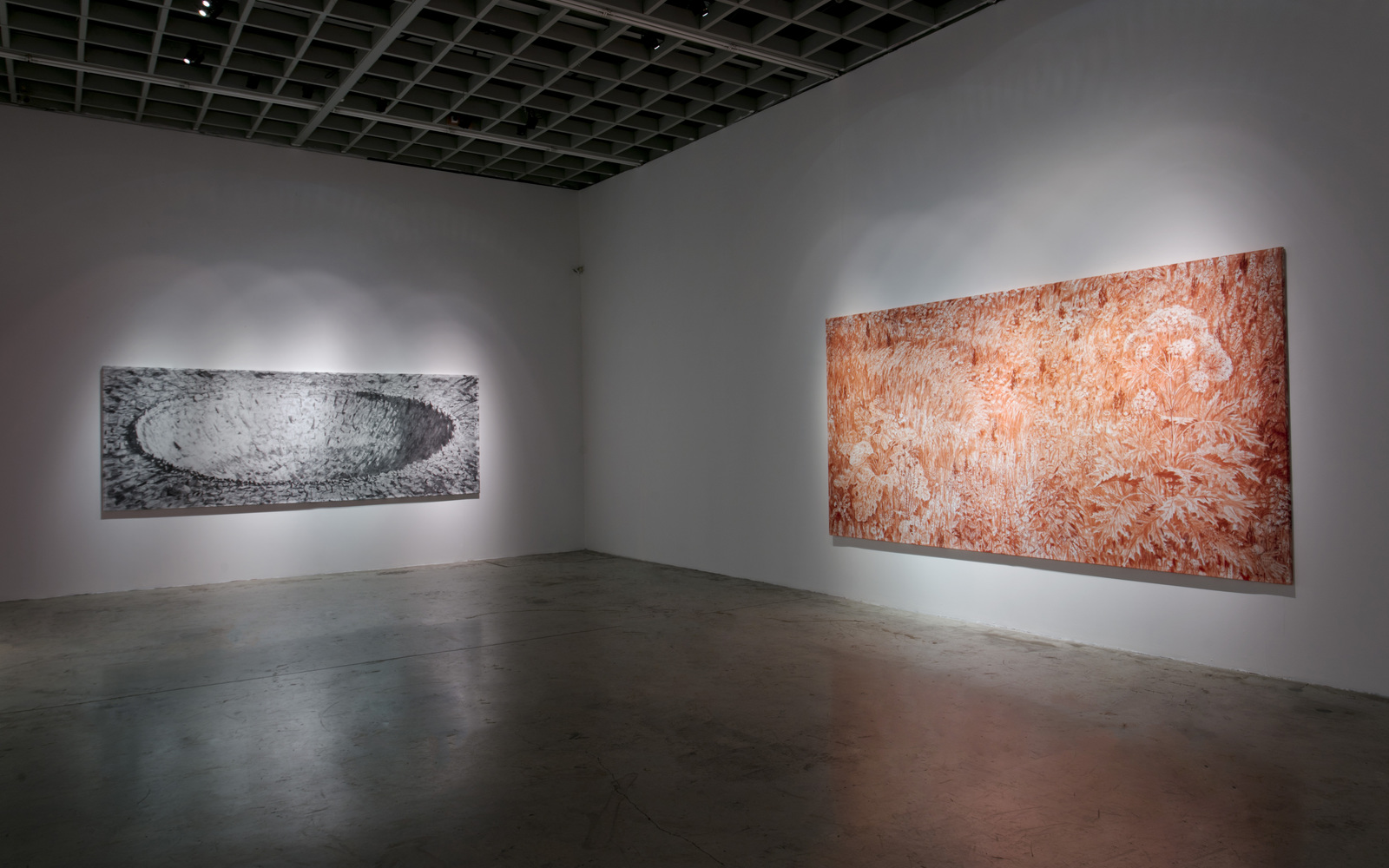
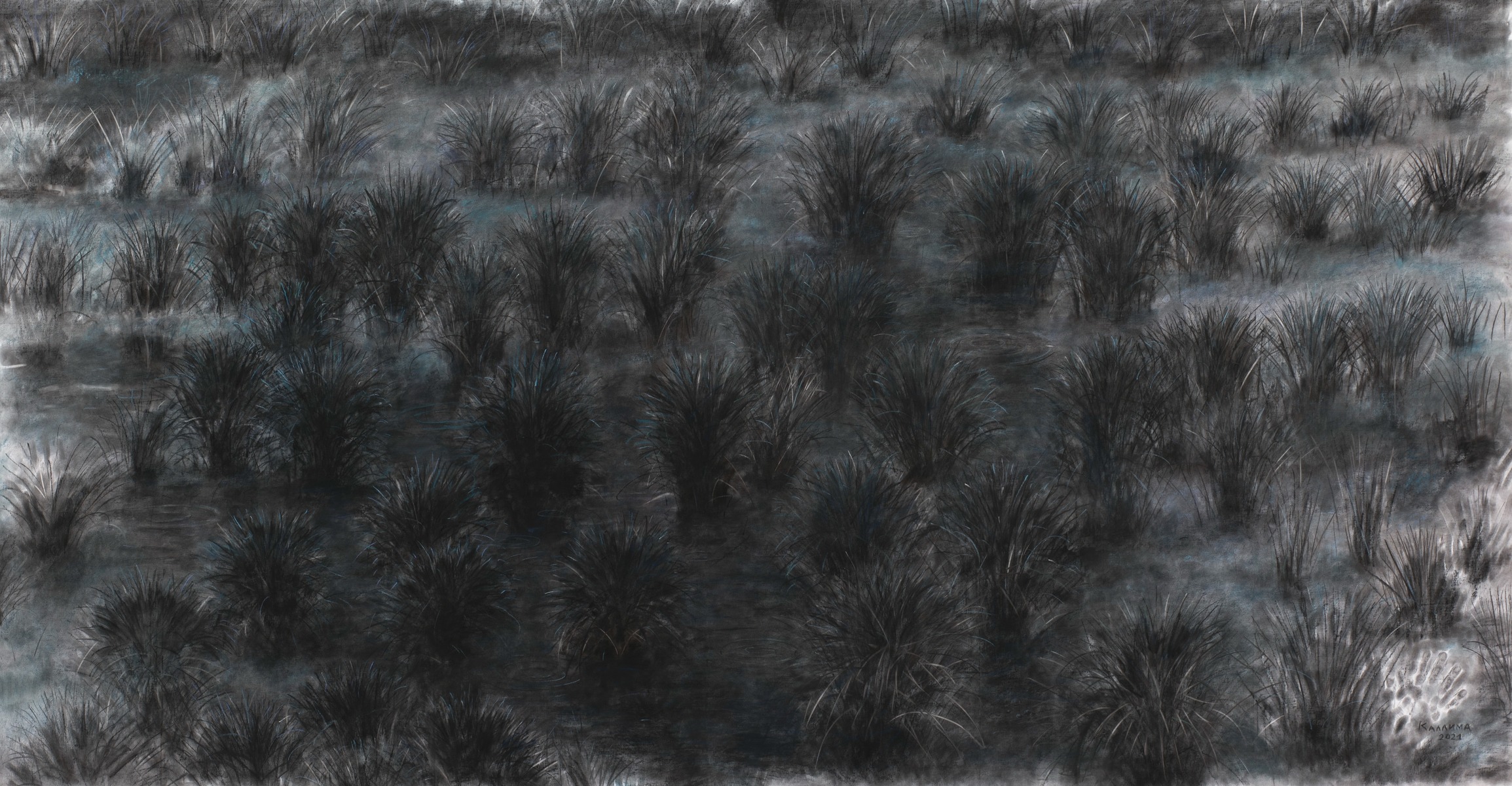
24 January – 1 March
VLADEY Space
4th Syromyatnichesky Lane 1/8с9
11:00 — 20:00, without days off
The entrance is free
In his new project, the virtuoso painter Alexey Kallima has decided to limit himself to the most minimal resources, presenting works that are almost monochrome, or with a strongly reduced form and sprawling, off-centred composition. Apart from the paucity of expressive means, the paintings are united by a common subject: they are landscapes, and deserted landscapes.
The first work of the cycle was the heavily elongated black-and-white canvas «Bald Dandelions» in 2020. Later, a swamp with birch trees that died due to the abundance of moisture was added to the flown flowers, the poor creatures were mistaken for their place of birth; then a field with rusty «greenery» (not a drop of green paint on the grass or in the leaves of hogweed), followed by «Black daisies» and a meadow in inversion (as in a photonegative), finally, the bare branches of evergreen coniferous trees eaten by pests («Southern Slope»).
At first it may seem that the artist is developing a textbook narrative of domestic culture: «an uncompressed strip of one» or «a gap in the body of humanity». However, the poetics of miserability and the critical realism associated with it is not a path close to the artist. Alexey Kallima has always favoured contemplation and illusionism as opposed to everyday life, and he is following the same path now.
Above all, critical realism follows the trajectory from the particular to the general, and through a single representative example rises to generalisation, whereas in the works of the Edge series there is no single case, no singularity. All of these paintings are best suited to the name «canvas» because they are panoramic, decentred and, in their monotony, imitate a pattern like fabric or wallpaper, although there are no repetitive elements that create a unified structure. Alexey's method of creating a wide format is the unification of gaps: a black daisy appears surrounded by flower heads similar to it (though different); next to one dead birch tree, another, and another, and another; fallen leaves, different in colour, and bog bumps, different in configuration, resemble each other.
The technique of animation has a long history in contemporary art, from the storyboard movement of the Futurists to the consumerist rows of Pop Art. Kallima's methodology is reminiscent of contemporary glitch, post-digital visionaryism. Accordingly, there is no Futurist pathos of destruction here, nor Pop Art's irony of «high» art. Kallima's approach is rather rational and reflexive: he observes the accumulation of errors on the material of nature and draws some very remarkable conclusions on this basis.
First of all, in the field of moral judgement. Because domestic cultural figures of the past used error/unhappiness as a powerful lever to criticise and condemn society and its orders, hence a kind of disease, a spiritual charm – to endow squalor with hidden superiority. «The gaping hole in the body of humanity», Gogol's unsympathetic rubbish collector, is a rare exception to the rule; in the main, the beggars of Russian culture are the very «poor in spirit» for whom there is the kingdom of heaven.
By including the «poor register» in his project, the artist destroys the emotional aura of the defective element and removes the individual order from the miserability: the viewer is not given a pause to gaze, sympathise, take a breath and make an «ah». The reduction of colour, light, and form are now just filters that are placed on the surrounding reality, giving the viewer the opportunity to see defectiveness as a quality of reality itself and at the same time to realise its transitory character.
There is a destruction of the stereotype of «beautiful» nature, which supposedly shows the true face of our world, which is not disfigured by civilization. Nature, according to the artist, at least European nature, is a creation of man, a product of civilization (meaning that all European forests are now man-made, planted). Accordingly, different degrees of development of civilisations have different natures, and if the wasteland is evidence of the decomposition of the urban fabric, the degrading nature is a consequence of the degradation of culture as a whole.
The dialectic of the «Edge» offers another tumbler that changes the mode of perception, this time linguistically. Edge can mean either a valley or an abyss, depending on the preposition with which it stands: «He was in the holy land, on the hills of Palestine» or «On the blade, by the abyss at the edge». To be on the safe side, choose «in».
Text by Evgeniya Kikodze



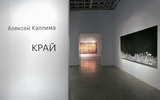
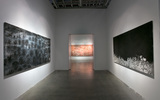

К сожалению, браузер, которым вы пользуйтесь, устарел и не позволяет корректно отображать сайт. Пожалуйста, установите любой из современных браузеров, например:
Google Chrome Firefox Opera